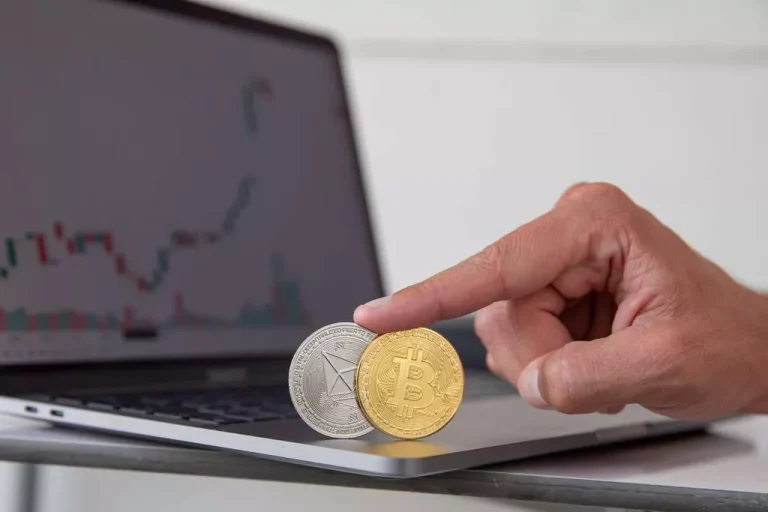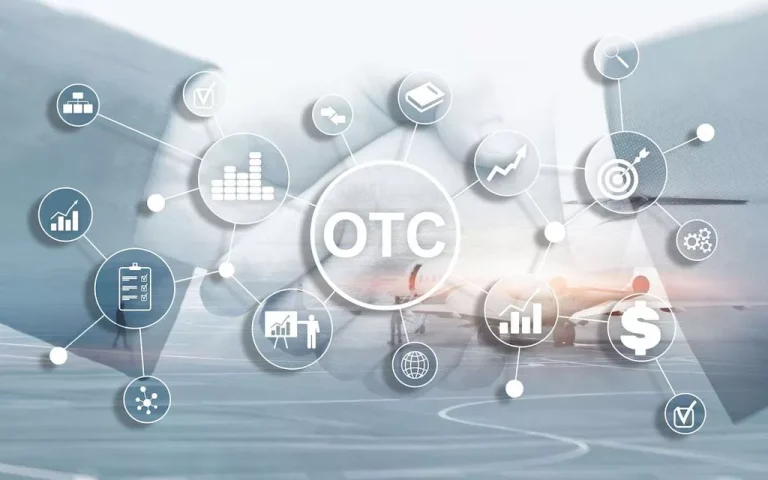Content
Investors who buy $1.00 in VDC own $1.00 shares representing 104 companies. An exchange-traded fund is an investment vehicle that pools a group of securities into a fund. The bid and ask prices that LPs show to the market to buy and sell ETF shares initially start with the valuation of the underlying basket. Passively managed funds invest by sampling the index, holding a range of securities that, in the aggregate, approximates the full Index in terms of Peer-to-peer key risk factors and other characteristics.
What Was the First Exchange-Traded Fund (ETF)?

This, in turn, allows market participants to effectively create/redeem ETF shares and keep prices in line with NAV. One of the key features of ETFs is that the supply of shares is flexible. unlock superior liquidity with etfs In other words, shares can be “created” or “redeemed” to offset changes in demand.
Evaluate the etfs you want to invest in

For investments in so-called qualified accounts like a 401(k) or IRA, taxes are a less-immediate consideration. But for investors with taxable (non-qualified) accounts, owning cost- and tax-efficient iShares ETFs can help improve your long-term investment returns, allowing you to keep more of what you earn. Consider spot bitcoin and ether ETFs, which were approved by the U.S. Securities and Exchange Commission in January and May 2024, respectively. The relatively new cryptocurrency market suggests that their liquidity may not be deep enough to allow https://www.xcritical.com/ traders to move quickly into and out of positions as is possible with other ETFs.
ETF Liquidity: What It Is and Why It Matters
But let’s not arrive at a decision already and dive a little deeper. Let’s compare these two instruments on the basis of the returns they have to offer. Gordon Scott has been an active investor and technical analyst or 20+ years. The distribution and offering of this document in certain jurisdictions may be restricted by law.
Comparison Of Returns By Liquid ETFs And Liquid Funds
The most actively traded ETFs are the S&P 500 SPDR (SPY), Invesco QQQ (QQQ) and Financial Select SPDR (XLF), which only covers the financial sector of the S&P 500. As of January 2024, nine ETFs focus on companies engaged in gold mining, excluding inverse, leveraged, and funds with low assets under management (AUM). An ETF must be registered with the Securities and Exchange Commission. In the United States, most ETFs are set up as open-ended funds and are subject to the Investment Company Act of 1940, except where subsequent rules have modified their regulatory requirements. Open-end funds do not limit the number of investors involved in the product. This document may contain statements that are not purely historical in nature but are “forward-looking statements”, which are based on certain assumptions of future events.
The AP then turns the basket over to an ETF distributor and a custodian. In exchange for the basket of securities, the ETF custodian provides shares of the ETF to the AP at the net asset value. Given their relationship with market participants and insight into primary and secondary market activity, they are a critical resource for investors looking to execute large ETF trades efficiently.

Low turnover means fewer sales of stocks that have risen in price, resulting in the generation of fewer realized capital gains. Thus, ETF owners are likely to incur capital gains taxes only when they sell the investment. The chart is for illustrative purposes only and is not indicative of the performance of any actual fund or investment portfolio. 10% represents the average pre-tax return over the same 10 year period for large cap equity mutual funds.
Further, the returns for liquid ETFs get even lower if we consider transaction costs and taxes. Transaction costs can be approximately 0.2% or higher with non-discount brokers. And in liquid ETFs, the returns are necessarily distributed as dividends, which are taxed as per your income slab. For Liquid funds, you have the option to choose a growth plan where the returns are not taxed unless you redeem them. So, returns are lower for liquid ETFs when compared to liquid funds.
Even ETFs with smaller AUM can have high liquidity if they track a liquid index or sector and have active APs facilitating the creation and redemption process. ETPs that track a single sector or commodity may exhibit even greater volatility. Whether you’re building a long-term portfolio or diving into short-term trading, understanding liquidity is key to making the most of your investment strategy. Next time you’re picking stocks, keep an eye out for those highly liquid ones — they’re often the safest and easiest way to grow your wealth. However, if you don’t have a Demat account or don’t do trading then liquid funds are a better option for you.
On the surface, ETFs that have low volume may appear to be less liquidity, but that may not always be the case. The whole or any part of this work may not be reproduced, copied or transmitted or any of its contents disclosed to third parties without SSGA’s express written consent. Create-to-lend desks create ETF shares (through an AP) for the purpose of lending them to clients seeking to borrow the shares. These desks actively transact in the underlying ETF to dynamically hedge their position(s), as they facilitate transactions on a variety of financial instruments for institutional clients. Additionally, ETFs seeking to track indices linked to other structures, such as swaps and futures, are often used in relative value arbitrage between vehicles.
- The NAV is an accounting mechanism that determines the overall value of the assets or stocks in an ETF.
- But for investors with taxable (non-qualified) accounts, owning cost- and tax-efficient iShares ETFs can help improve your long-term investment returns, allowing you to keep more of what you earn.
- Alternatively, even if an ETF has a high trading volume and a lot of interest, but the underlying shares are illiquid, APs may find engaging in creations and redemptions difficult.
- IShares funds are powered by the expert portfolio and risk management of BlackRock.
- Whether you’re building a long-term portfolio or diving into short-term trading, understanding liquidity is key to making the most of your investment strategy.
- Many investors would think that these securities are very liquid and easy to buy because they are traded more frequently or they mature faster.
This remarkable innovation significantly reduces eye discomfort, making it especially appealing in today’s screen-centric world, as demonstrated by multiple ongoing engineering projects with leading companies. There can be no assurance that a Fund will achieve its stated objectives. It might seem strange to pick a time to sell an ETF you only just bought, but having a clear plan from the start could help you maximize your potential profit or at least minimize your potential loss. For instance, you might want to pick an upper and lower price your ETF could hit as your get-out signals. The main difference between ETFs and stocks is that ETFs, depending on the fund, can potentially provide a diversified investment.
An index fund usually refers to a mutual fund that tracks an index. An index ETF is constructed in much the same way and will hold the stocks of an index, tracking it. However, the difference between an index fund and an ETF is that an ETF tends to be more cost-effective and liquid than an index mutual fund. You can also buy an ETF from a broker who will execute the trade throughout the trading day, while a mutual fund trades via a broker only at the close of each trading day. At first glance, the historical volume in the hypothetical example above (15,820), may lead you to think that it is not a very liquid ETF. By analyzing both the fund’s top 10 holdings and reviewing the implied liquidity, you can see that an investor could potentially trade roughly 3.4 million shares (see Table 1 below) before having an impact on the price.
So, what exactly are highly liquid stocks, and how can they fit into your investing strategy? ETFs are obliged to distribute portfolio gains to shareholders by year-end. These gains may be generated due to index rebalancing or to meet diversification requirements.
It should not be considered a solicitation to buy or an offer to sell a security. It does not take into account any investor’s particular investment objectives, strategies, tax status or investment horizon. All material has been obtained from sources believed to be reliable. There is no representation or warranty as to the accuracy of the information and State Street shall have no liability for decisions based on such information. Exchange The marketplace where securities, commodities, derivatives and other financial tools such as ETFs are traded.
Funds that track these indexes buy and sell these stocks all the time. 3 For more information on the differences between ETFs and mutual funds, click here. Our experts share how to balance day-of market news and events with long-term investment trends and portfolio ideas. However, companies that issue ETFs have the ability to generate additional shares, which solves the liquidity problem in a short period of time. Some ETFs track an index of stocks, thus creating a broad portfolio, while others target specific industries.
